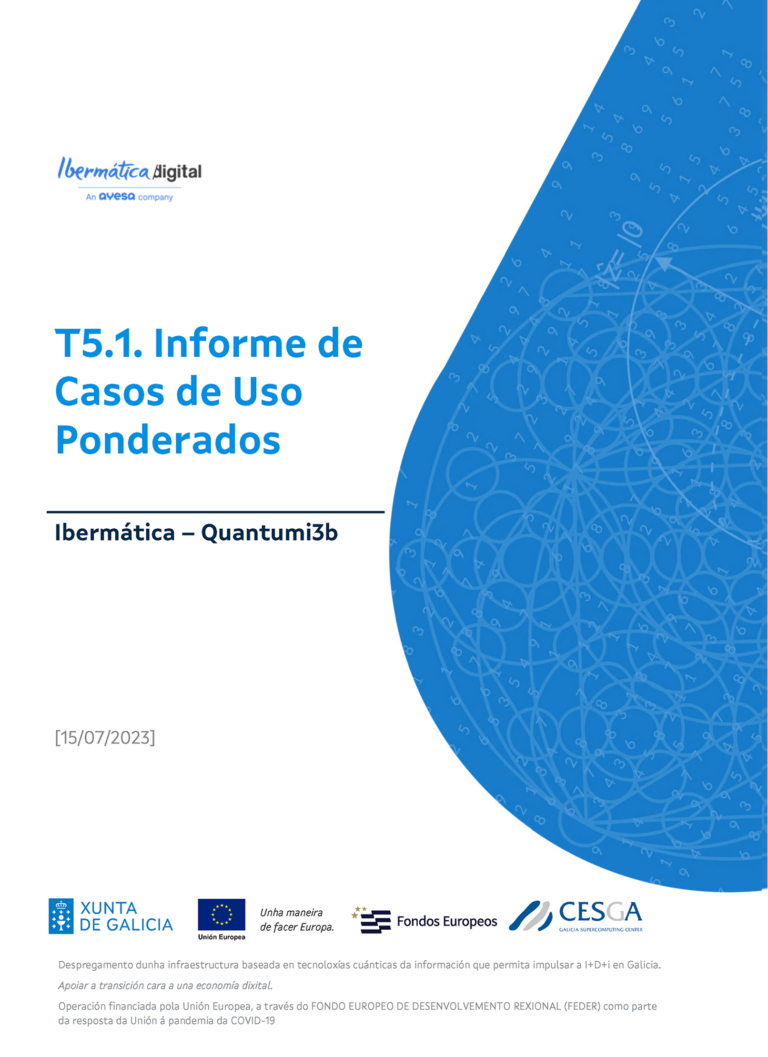
Ibermática Report I
In this project, we have explored potential applications of the Quantum Approximate Optimization Algorithm (QAOA) in real industrial environments using the CESGA simulator

In this project, we have explored potential applications of the Quantum Approximate Optimization Algorithm (QAOA) in real industrial environments using the CESGA simulator
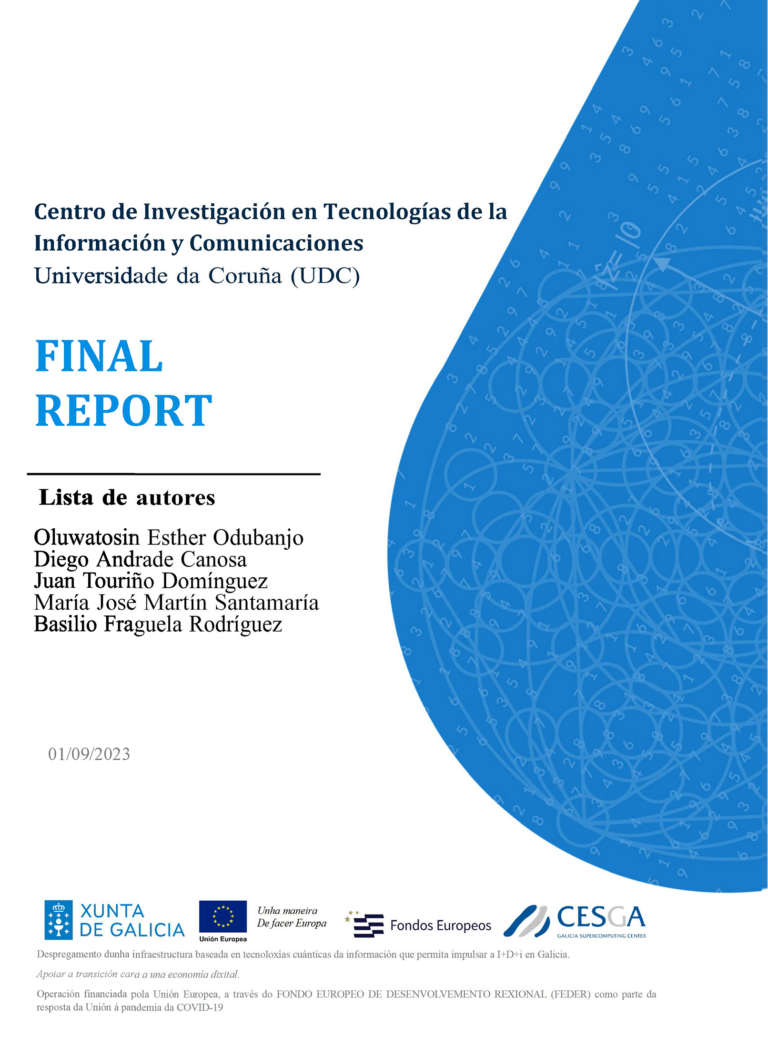
The Computer Architecture Group at UDC and CESGA are developing a proposal focused on assessing the performance of quantum computers in executing applications, based on identifying tasks that are common to multiple quantum computing applications
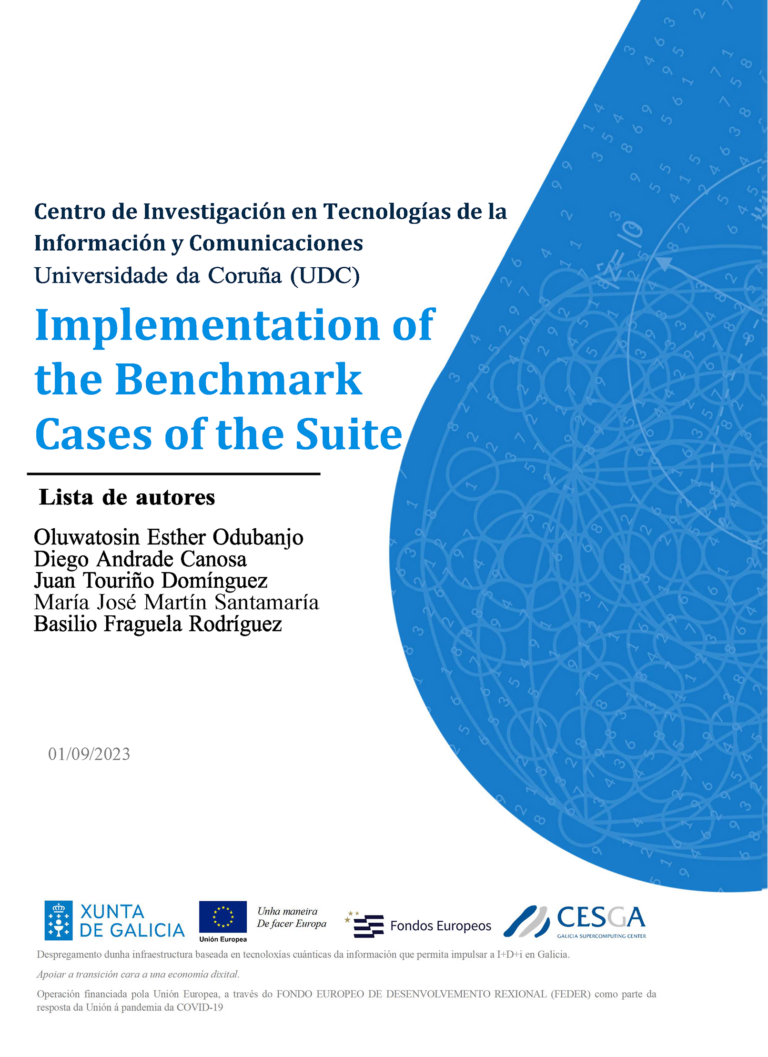
The Computer Architecture Group at UDC and CESGA are developing a proposal focused on assessing the performance of quantum computers in executing applications, based on identifying tasks that are common to multiple quantum computing applications
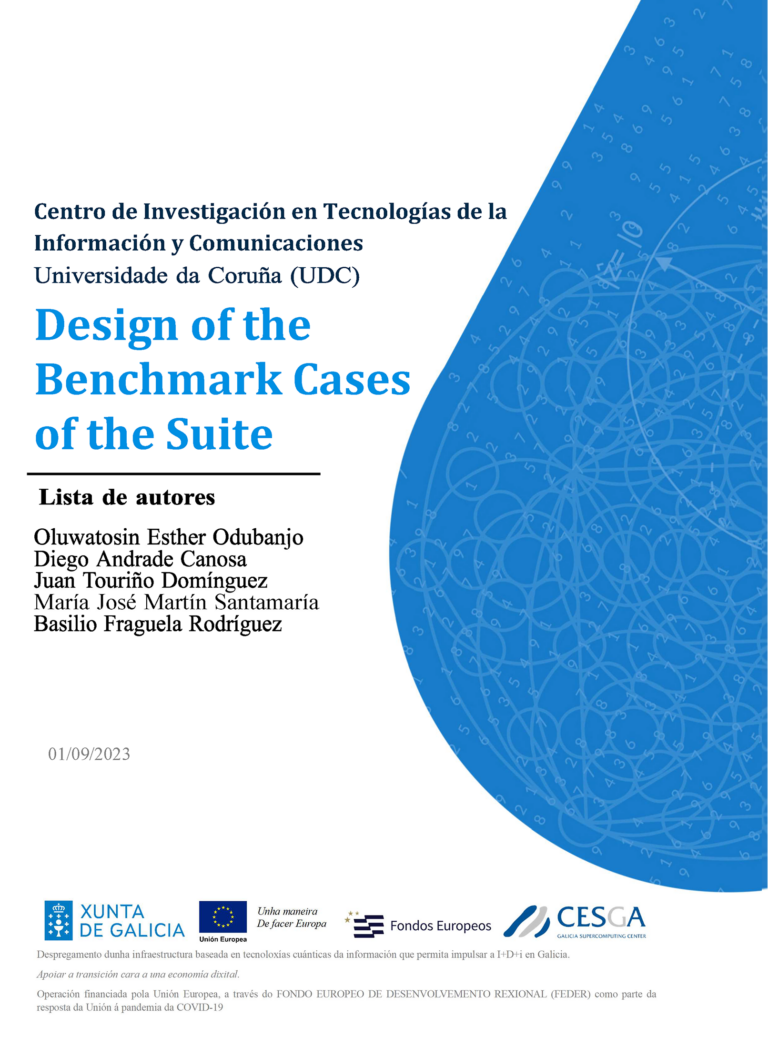
The Computer Architecture Group at UDC and CESGA are developing a proposal focused on assessing the performance of quantum computers in executing applications, based on identifying tasks that are common to multiple quantum computing applications
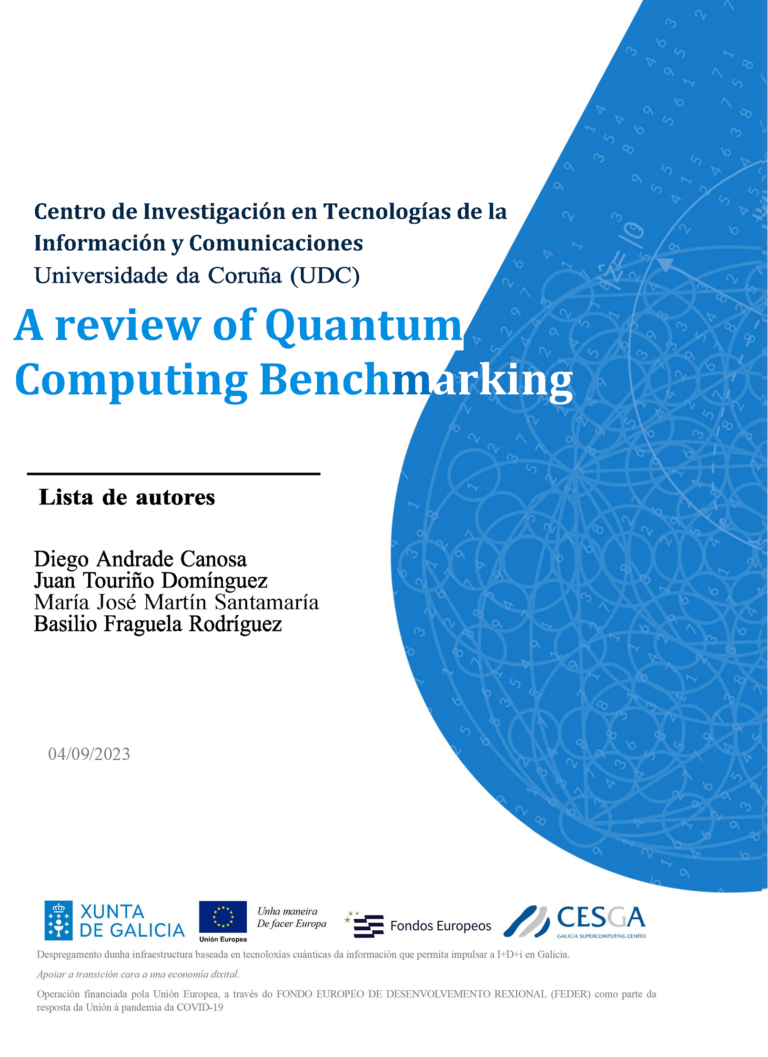
The Computer Architecture Group at UDC and CESGA are developing a proposal focused on assessing the performance of quantum computers in executing applications, based on identifying tasks that are common to multiple quantum computing applications
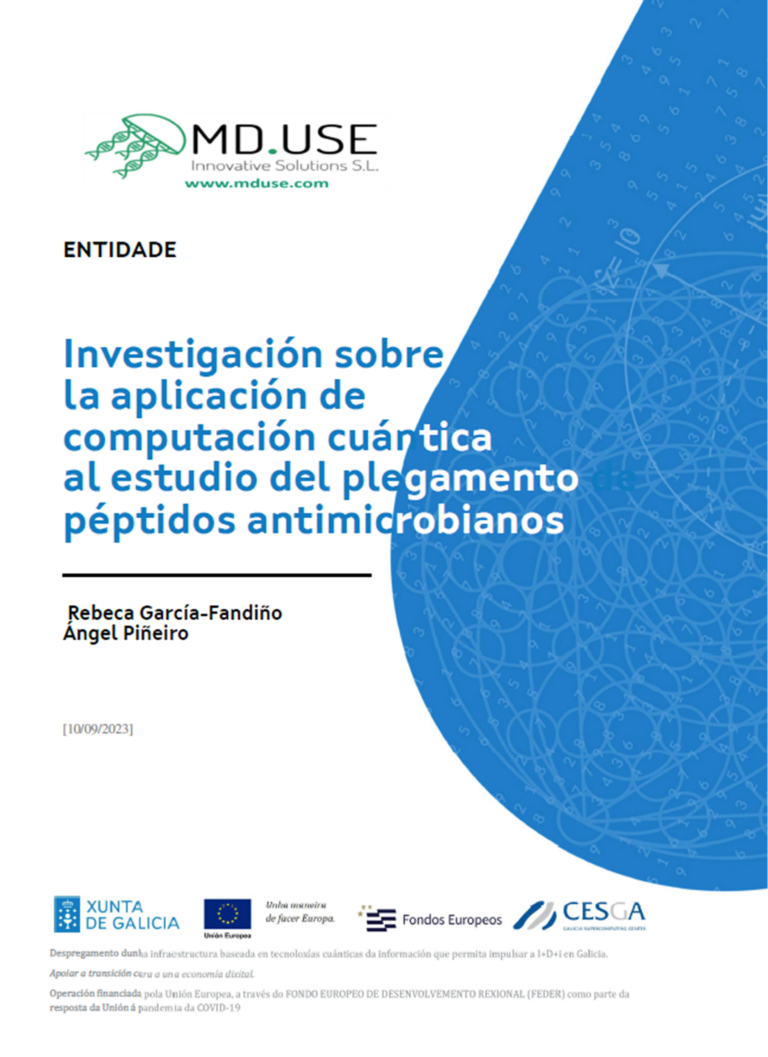
We calculated the optimal conformation for three 10-amino acid peptide sequences at interfaces with different polarity gradients. The results obtained with our approach using the quantum emulator available at CESGA
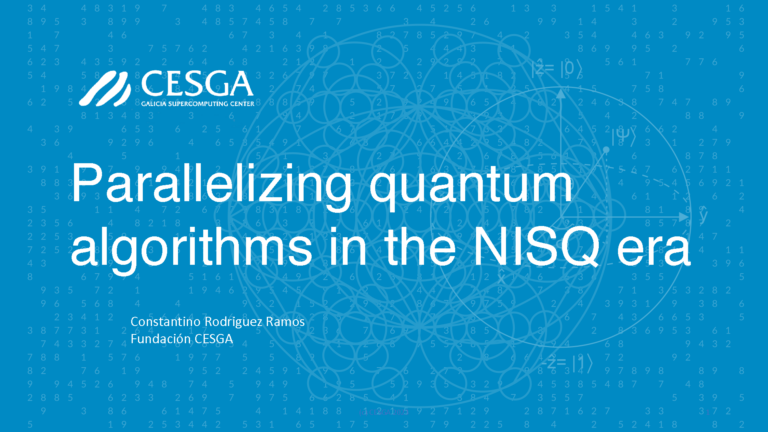
Showcasing techniques for parallellizing quantum algorithms, with use cases in Variational Quantum Algorithms: VQE and QAOA.
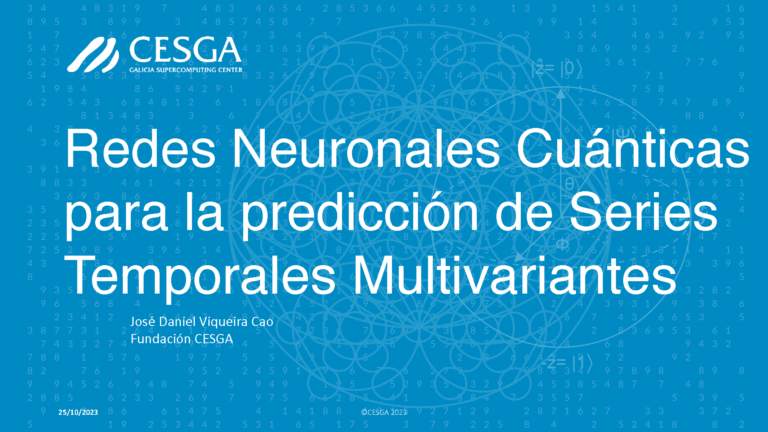
Showcasing a Quantum Recurrent Neural Network model for Time Series predictions, and results obtained for datasets with many variables
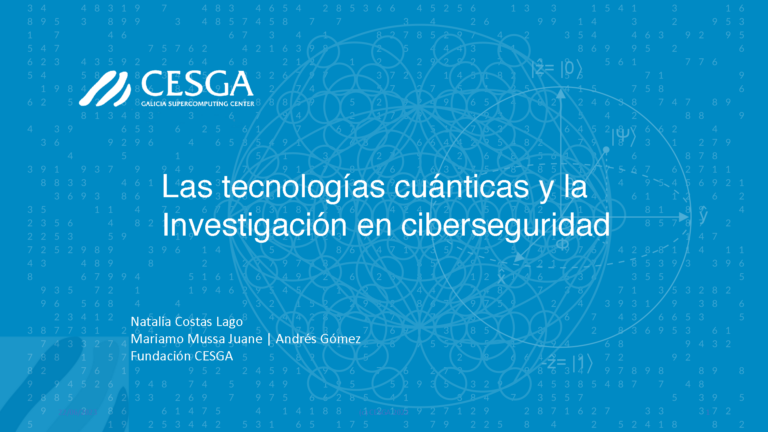
Introduction to Quantum Technologies, such as Quantum Computing, Quantum Communications, and Quantum Ket Distriburion, with a focus in Quantum Cryptography
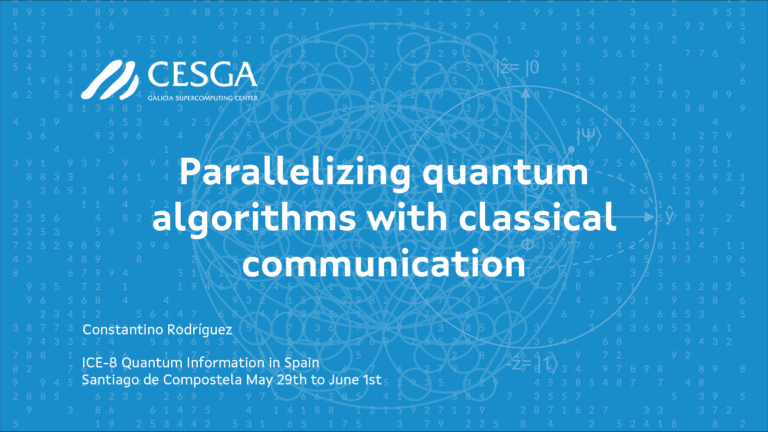
Introducing methods to simulate entanglement between QPUs in the scenarios of classical communication, and no communication.